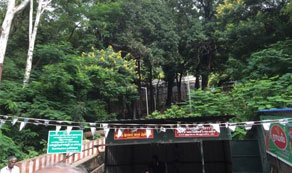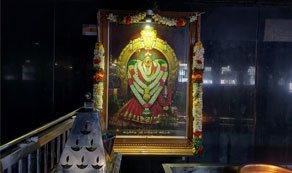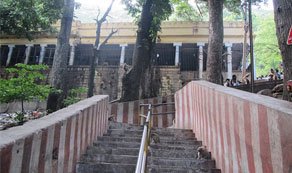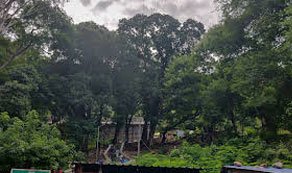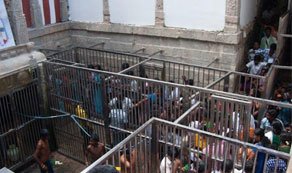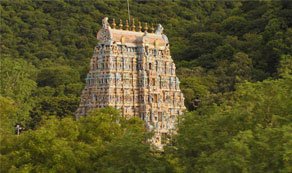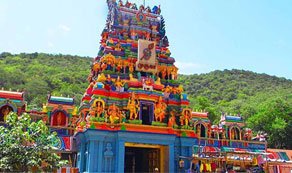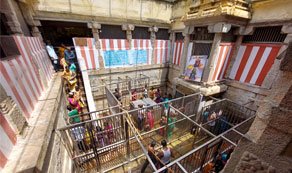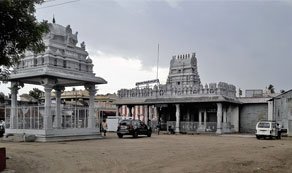Rakkayi Amman Temple

Here are some key points about the history and special features of Rakkayi Amman Temple:
History and special :
Rakayee Amman, a form of Parvati, is regarded in the puranams as the daughter of Sage Angirsasa and is the presiding deity of all the water bodies at Azhagar Hills, which is also home to the Sundararaja Perumal (Kallazhagar) Divya Desam temple..
Rakayee Amman is considered the sister of Sundararaja Perumal (as always, Parvati is regarded as Vishnu’s sister). She protects Sundararaja Perumal during the night, while Adiseshan guards Perumal during the day. Once a year, on the Dwadasi day of the waxing phase of the Tamil month of Aipasi (October–November), Sundararaja Perumal comes over to the Rakayye Amman temple to witness the thaila kaapu for Amman.
The base of the temple is located a few hundred meters further uphill (but not on a steep incline) from the Azhagar Malai Murugan temple. Upon reaching the base, one has to climb about 80 steps to the entrance of the shrine, inside which the Rakayee Amman shrine and the Noopura Gangai are located. It is customary to take a bath (or at least sprinkle some water on oneself) in the Noopura Gangai before proceeding to worship Amman.
Several centuries ago, Rakayee Amman was the chief deity of the tribal and hunter community who used to live in and around Azhagar hills, and the Murugan temple is where they performed the first tonsure (mottai) for their children.
Annual Festivals:
Like many Hindu temples, the Rakkayi Amman Temple celebrates various festivals throughout the year. These festivals, especially during the Tamil month of Aadi (July–August), witness grand celebrations with special rituals, processions, and cultural performances. Devotees throng to the temple during these times to seek the blessings of the goddess.




